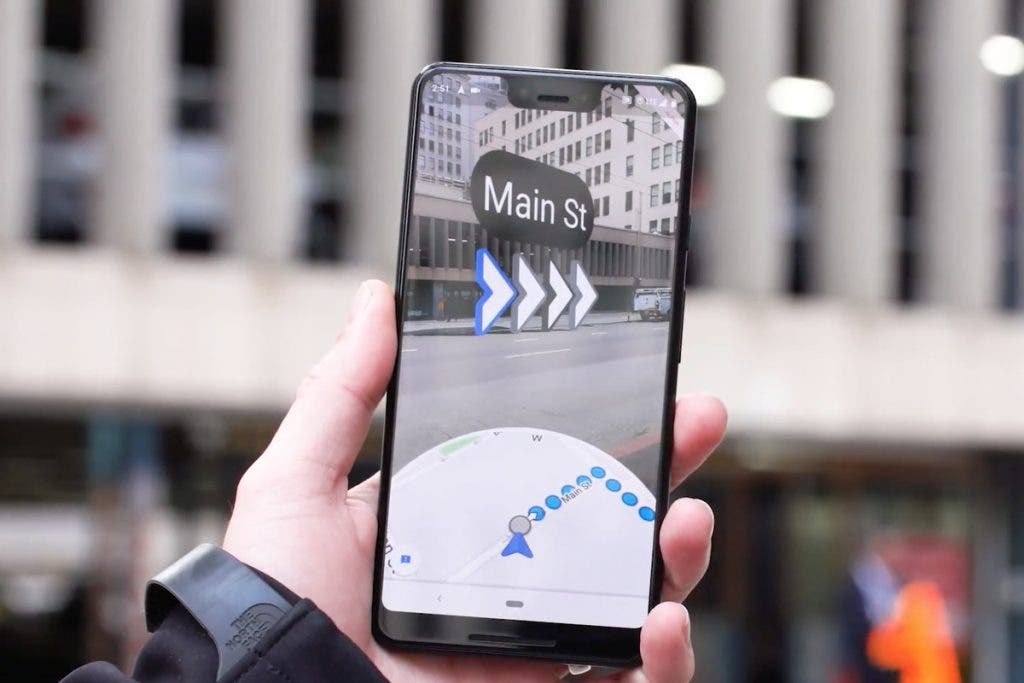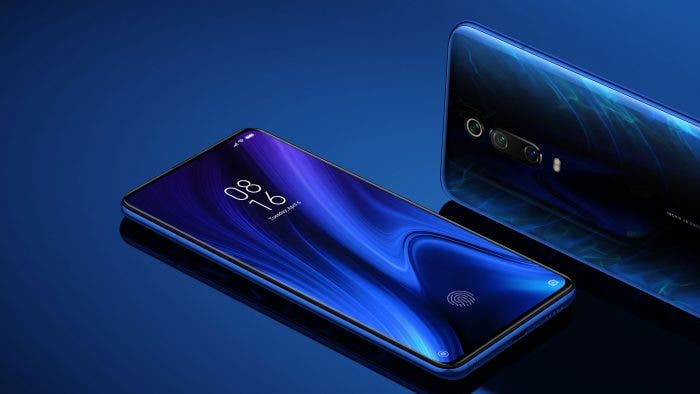Google has an intriguing history when it comes to Augmented reality – Google AR. The company’s first attempt in this trending segment was not very succesful. We are talking about Project Tango, it was an AR approach that required specific hardware to work. If you recall, there were no much devices offering support for Project Tango aside from a few developer smartphones and one Lenovo phone. The majority of companies were busy with their own hardware advancements to find space for Project Tango’s necessary hardware.
Google then decided to switch to a software approach in the form of Google ARCore. The search giant recently renamed it to Google Play Services for AR. It doesn’t require any dedicated hardware. ARCore was well received by customers and OEMs. It brought augmented reality to millions of existing and new devices. There is just one catch, though: devices have to be manually whitelisted by Google for them to work with ARCore.

This is because Google works with OEMs to create a custom calibration profile for each device that differs based on the device’s camera and sensor setup. The list of supported devices is constantly growing. The latest additions are:
- Redmi K20
- Redmi K20 Pro
- Motorola One Zoom
- Motorola One Action
- Redmi Note 7
- Redmi Note 7 Pro
- Vivo iQOO
- Oppo Reno A
If you own any of these devices, you won’t need to do anything special to test AR. Google Play Services for AR should be automatically pushed to your handset. Once it arrives, you can download and start using any app or feature that makes use of it, such as Google Maps’ new Live View mode or Pokémon GO’s AR+.






Any news on when essential phone will get ARcore???